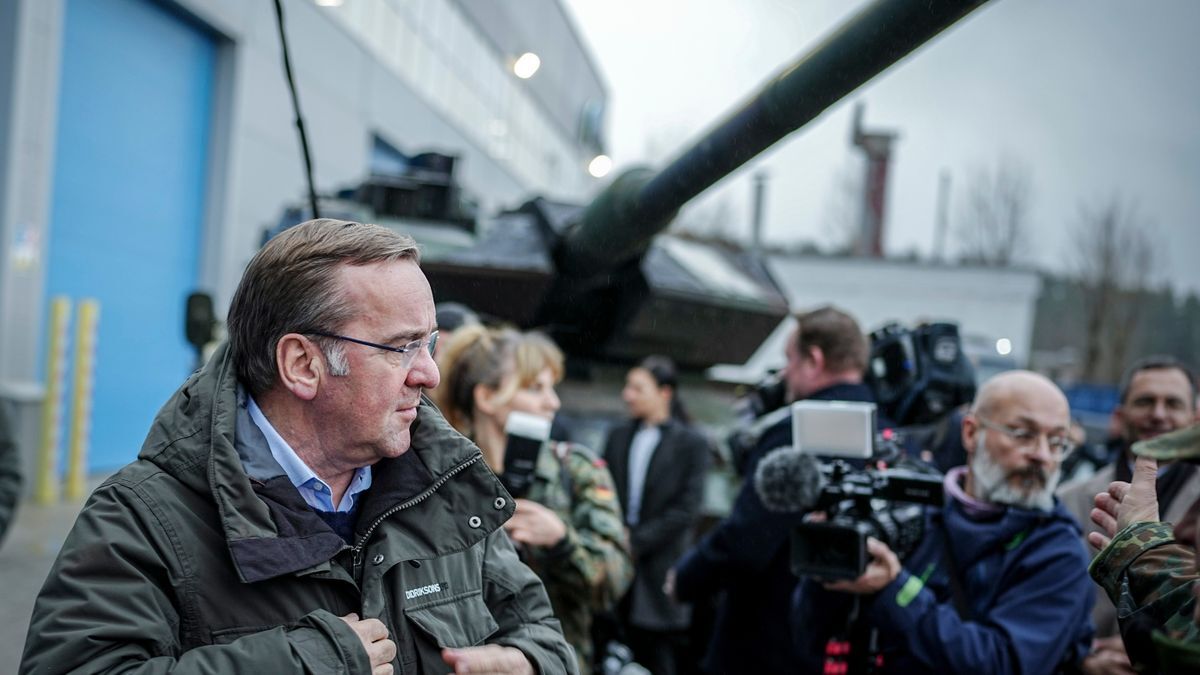archive https://archive.ph/W8bFQ
A Ukrainian Armed Forces officer, whose brigade is fighting on Leopard-2, pointed out the fragility of the tracks, weakening their tension and leading to breakdowns and this is a disaster in combat conditions. Ukrainian soldiers have to constantly monitor this feature of German tanks.
A commission from Germany, which visited a repair centre in Lithuania for Leopards, was unpleasantly surprised by the number of equipment that failed due to defects.
Problems with logistics and lack of spare parts persist - even in Lithuania, far from the front, mechanics face problems when repairing Leopards.
A German officer admitted to Der Spiegel that German tanks wear out much faster in combat conditions. Based on the experience of the Bundeswehr in Mali, we can say that a mileage of 10,000 km in combat conditions is equal to 100,000 km in peacetime, the officer claims. Added to this is the problem of the need for complex maintenance of tanks, which must be carried out at the factory.
“Attempts at repair by the Ukrainian military lead to additional damage to the Leopards,” concludes a member of the German commission that visited Lithuania.



The downside of filling your military with Nazis back in the 50s is that you never learned the lesson that stupidly overengineered wunderwaffen don't make good weapons. Whoops.
How does a thing that breaks down before it even gets to the battle field twisted into "Well it's over-engineered" anyway?
Overengineered would imply you put too much energy and resources into the design, not that you built something that goes 10 feet and shits itself, and then you have to take off the turret to change the oil.
I've found what over-engineering means in practice is similar to feature creep in programming, wherein an engineer keeps getting requests to solve problems in a project, but never enough time to iterate down the design to use off-the-shelf components, tuned, functions consolidated, etc. Also no one is removing features that could be done with additional training even if the feature is expensive and unreliable.
Thus each feature/bit on the tank technically works some of the time, but breaks down too much and has no common parts with other bits of the tank.
The word conjures an image of an engineer going ham on a project, but it's often because of poor time management and inflexible orders coming from above.
EDIT: I realise this is only tangentially related to feature creep. Sorry. Hopefully if you squint you can see it
German tanks of WW2 were over-engineered in that many of them used unproven designs that were very complex . The tiger is the best example of this. It had a lot of things going for it; it out gunned everything else on the battlefield and was armored against any allied tank at the time that they were introduced, despite it's size, tiger was only a few MPH slower than the sherman and it's weight was better distributed, resulting in less pressure per square ft and less wear on the roads, due to the interlocking road wheels. These same interlocking road wheels constantly got gunked up with frozen mud on the eastern front and during the bulge, often having to be melted with torces. Tiger was MASSIVE and took a huge amount of resources and labor to manufacture. So due to a combination of technical flaws and reliability issues resulting from the need for constant maintenance in the field. This and the fact that 3 smaller tanks could be built with the resources it took to make 2 tigers that really make it an over engineered failure.